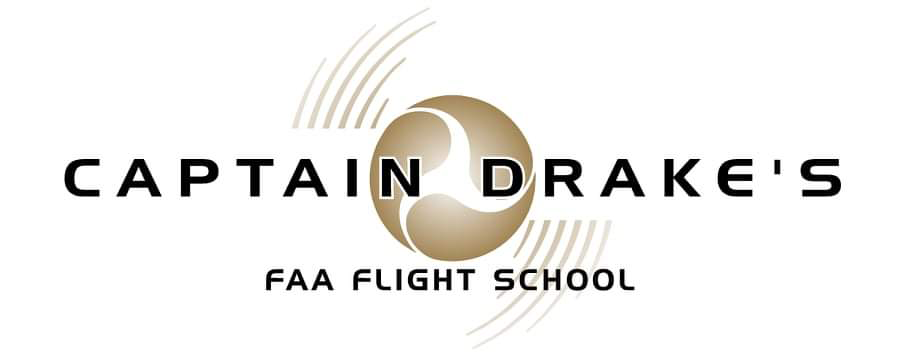Definition and FAA License Requirements
Gyroplanes, also known as autogyros or gyrocopters, are a unique category of rotorcraft that combine elements of both helicopters and fixed-wing aircraft. They are known for their distinctive rotor system, which provides lift while the forward thrust is generated by an engine-driven propeller. Gyroplanes offer exceptional maneuverability, short takeoff and landing capabilities, and are generally more affordable to operate compared to traditional helicopters.
Gyroplane Characteristics:
- Unpowered Rotor System: Gyroplanes utilize an unpowered rotor system, which spins freely in the airstream (autorotation) to generate lift. This design allows for safe descent and landing in the event of engine failure, as the rotor continues to provide lift without the need for engine power.
- Engine-Driven Propeller: Forward thrust in a gyroplane is generated by an engine-driven propeller, typically located at the rear of the aircraft.
- Stability and Control: Gyroplanes are known for their inherent stability and simple control system, which usually consists of a control stick for pitch and roll, rudder pedals for yaw, and a throttle for engine power.
- Short Takeoff and Landing (STOL) Capabilities: Due to their unique design, gyroplanes require minimal runway length for takeoff and landing, making them well-suited for operations in confined spaces or remote areas.
FAA License Requirements:
To fly a gyroplane, pilots must hold a Gyroplane Sport Pilot Certificate or a higher pilot certificate with a gyroplane category and class rating issued by the Federal Aviation Administration (FAA). The requirements for obtaining a Gyroplane Sport Pilot Certificate are as follows:
- Age: Applicants must be at least 17 years old.
- Language Proficiency: Applicants must be able to read, speak, write, and understand English.
- Medical Fitness: While no formal medical certificate is required, pilots must self-certify their medical fitness by maintaining a valid U.S. driver’s license or obtaining an FAA Third-Class Medical Certificate.
- Ground Training: Applicants must complete a minimum of 15 hours of ground school training, covering topics such as regulations, airspace, navigation, and meteorology.
- Flight Training: Applicants must complete a minimum of 20 hours of flight training, including at least 15 hours of dual instruction with a certified flight instructor and at least 5 hours of solo flight time.
- Knowledge Test: Applicants must pass a written knowledge test administered by the FAA, covering a range of topics related to gyroplane operations.
- Practical Test: Finally, applicants must pass a practical test (checkride) with an FAA Designated Pilot Examiner (DPE), demonstrating their proficiency in operating a gyroplane.
Once these requirements are met, pilots will be granted a Gyroplane Sport Pilot Certificate, allowing them to fly gyroplanes within the limitations set by the FAA. This certification offers an exciting and accessible entry point into the world of rotorcraft aviation for aspiring pilots.
